The Place de la Bastille (Bastille Square) was the location of the notorious Bastille stronghold, which was stormed on July 14, 1789, triggering the start of the French Revolution.
The Bastille
Building the Stronghold
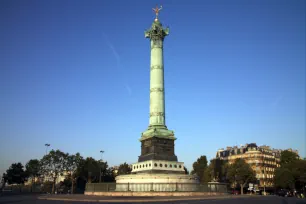
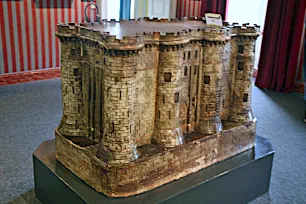
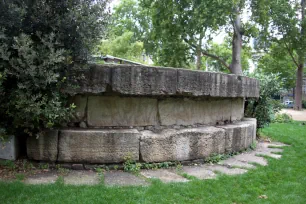
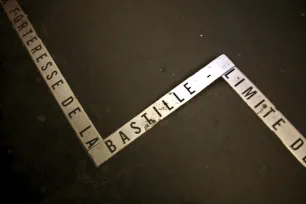
After the defeat of the French at Poitiers in 1356 during the Hundred Years’ War with England, there was need for a stronghold to protect Paris from invasion.
Construction of this stronghold started in 1370 and was completed in 1382. Known as the Bastille, the massive building had four meter wide walls and eight 22-meter-high (72ft.) towers.
The Bastille Prison
The stronghold was later converted into a prison by Richelieu. Most of the prisoners were enemies of the king, sent to prison by a simple order under the king’s seal. Some of the most famous inmates were Voltaire, Fouquet and Sade. The Bastille had a terrible reputation, but in reality there were few prisoners and the treatment was better than in most prisons. Nonetheless, the Bastille became a symbol of the arbitrariness of the monarchy.
The Storming of the Bastille
On July 14, 1789, the Bastille was stormed by a crowd reinforced with a rebellious detachment of the National Guard. The few guards soon surrendered, and the seven prisoners were freed. The capture of the Bastille marks the start of the French Revolution. It is celebrated each year as the Bastille Day, which was also declared the French national holiday in 1860.
Demolishment
Two days after the crowds had captured the Bastille stronghold, orders were given to demolish the building.
A marking in the Boulevard Henri IV shows where the former building was located. Some stones of the foundation are visible in the Bastille subway station, at line no. 5, where you can also see a line in the floor that marks the exact location of the former stronghold. The largest remains of the Bastille can be found on the Square Henri-Galli, a small square southwest of the Place de la Bastille at the end of the Boulevard Henri IV. Here you can find a section of one of the towers of the Bastille, which was discovered in 1899 during the construction of metro line 1. It was dismantled and moved to the Square Henri-Galli.
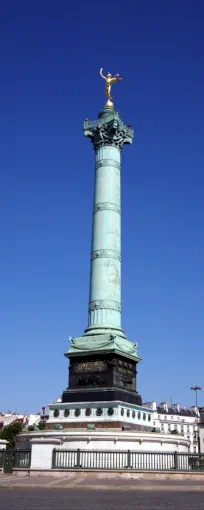
Bastille Square
The square of the Bastille was created later, in 1803. It included a fountain in the shape of an elephant, which is referred to by Victor Hugo in his novel ‘Les Misérables’. The 24-meter-high fountain was removed in 1847.
The only monument still standing on the square is the Colonne de Juillet, a column commemorating another revolution in 1830 during which king Charles X was replaced by king Louis-Philippe. The 52-meter-tall column (171 ft.) honors the 504 victims during the three days of the revolution. Another 196 victims of yet another revolution were added to the crypt in 1848. The column is topped by the ‘Spirit of Liberty’ statue.
Bastille Opera
The imposing Bastille Opera building was opened on July 14, 1989, during the bicentennial celebrations of the French Revolution. It was part of the “grand projects” initiated by the former French president François Mitterrand.
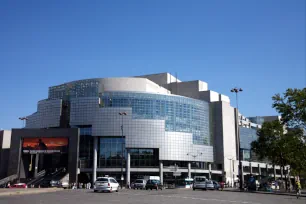
The massive building was meant to be a modern and democratic opera building, as opposed to the aristocratic Palais Garnier. The Bastille Opera is by far the largest opera building of the two. Its auditorium seats 2,700 people.
The design by Carlos Ott, chosen from 750 entries in an international competition, contrasts starkly with its environment. A metro exit as well as shops are integrated in the building, reinforcing the idea of a “people’s opera”.
- Next: Palais Royal
- More Paris Public Squares
- More Sights & Attractions in Paris

